What to Take & Wear on a Safari: With or Without Kids
Packing for an African safari can be daunting. If you’re already suffering from a chronic overpacking disorder, stay calm. The less you pack, the better, especially if you’re traveling overland.
Choosing the right safari clothes is not rocket science. I’ve done multiple safaris across Africa – from South Africa, through Botswana, to even the lesser-known ones like Niger.
First, let me tell you: don’t stress too much about what to pack on a safari. One time the airline lost our luggage for the entire duration of the trip and we all had just one packing cube with 3 outfits… and guess what?! We survived just fine!
What to Pack & Wear on a Safari
Many people recommended wearing riders boots, typical safari hats, all of this combined with khaki pants and olive shirt. You know, outfits that you can see in all those pretty photos on Instagram.
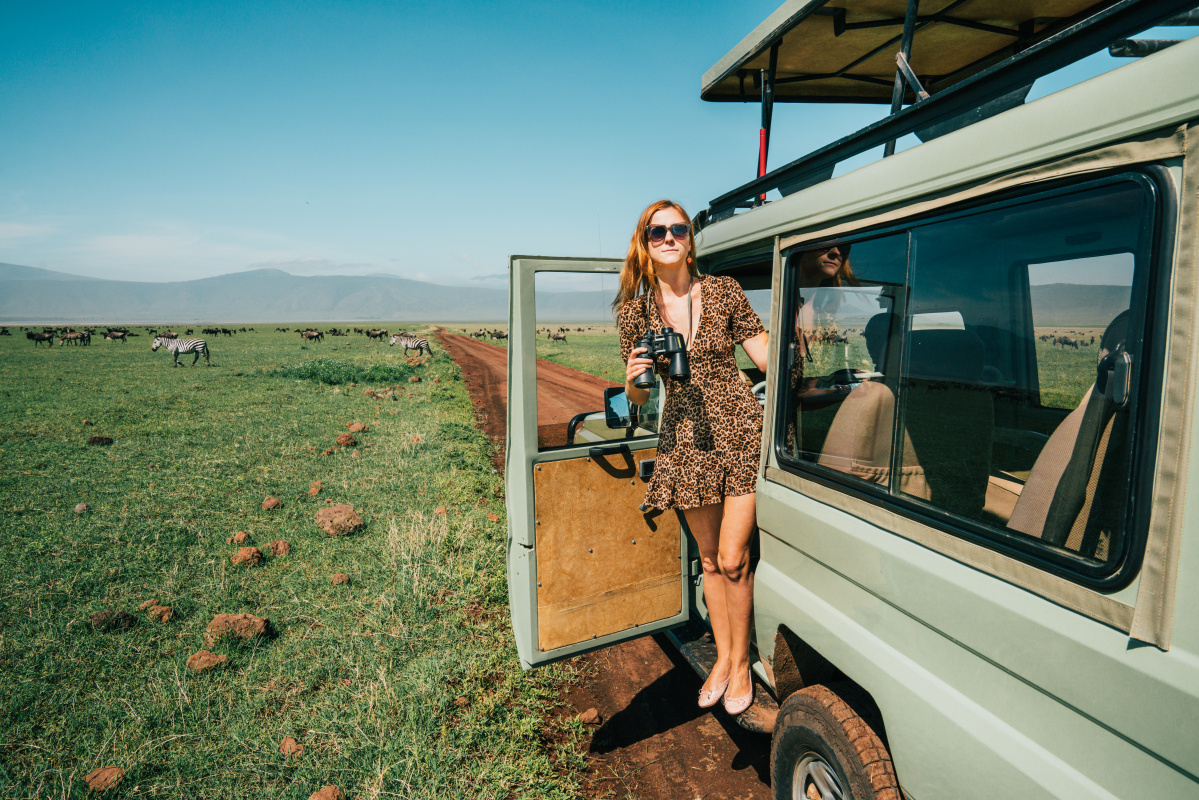
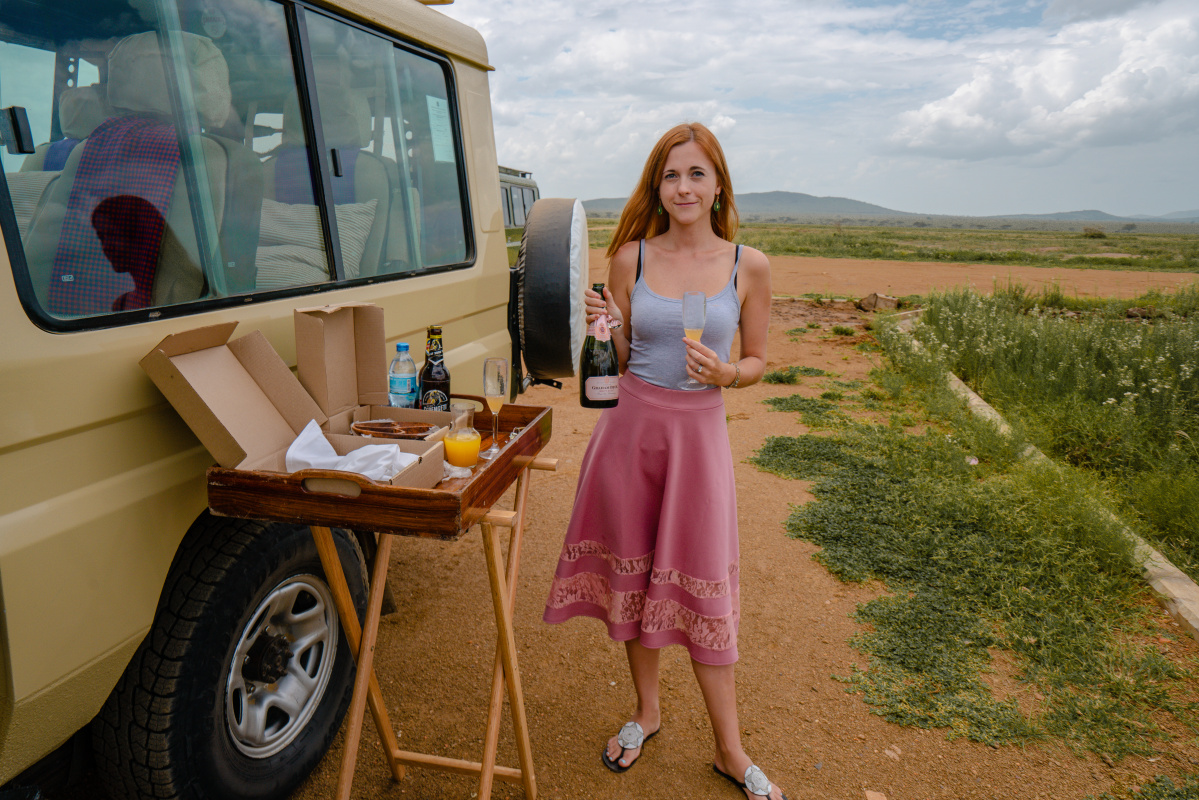
Basic Advice on Safari Clothes:
There’s no need to go full commando in camouflage when you’re on safari. Unless you want a cute photo, there’s no need for shades of khaki and greens with a safari hat on. Not only these clothes aren’t cheap, but no African would ever wear them.
The most important thing is that the clothes you pick are comfortable. Safari involves sitting in a vehicle for hours while searching for wildlife, so if you’re not comfortable you might not have the best time.
While there’s no reason to cover up, you also don’t want to be ‘that girl from Instagram’ that goes on a safari wearing a bralette.

What I Actually Use on Safari:
- Camera Lens
Entry-level zoom lenses just aren’t going to cut it in terms of sharpness and quality, simply because most animals won’t be super close to you. If you don’t want to spend a ton of money, consider renting a lens for this trip.
- Insta360 Camera with Extended Stick
You obviously cannot drone in National Parks as it disturbs the animals, so the only way to get these epic photos from above with an entire vehicle in the picture is with Insta360.
Filtered water bottle not only helps to add extra filtration but also save money and the environment by not having to buy plastic bottles. A must-have for the kids that can get thirsty during the drive.
- Cash
It’s customary in Africa that you tip all your handlers and drivers. You might also want to buy some snacks, souvenirs so be prepared. You want to bring US Dollars.
- Baby Wipes
Safari vehicles have an open roof, so you will get dirty. They can give your body a freshening up quickly everywhere.
While some people opt for taking malaria pills (I’ve never taken any), mosquito repellent is a must!
- Flashlight and head tortch
Especially if you’re camping some nights, a head torch was great for the kids to walk back to our room after dinner when it’s dark.
You will run out of batteries on your camera and phone quickly, so either bring your power bank or a car charger.
- Good Hat and Sunglasses
Goes without saying – safari vehicles will expose you to sun. Get ones with the strap as it gets windy. Our kids wore these and I recommend them.

- Tampons
If you’re a girl, bring tampons as there’s no way you can rebuy them even in the fanciest hotels.
- Sweaters & waterproof jackets
It does get cold in the evening and early mornings when you leave for game drives. Not all vehicles will provide blankets, so definitely pack some lightweight but good windbreakers.
- Snacks
Most game drives stop for a quick snack at some point, but to avoid meltdowns with your kiddos pack some snacks. Make sure to have a bag to put all the rubbish in so you don’t leave anything in the par
- Sweaters
It does get cold in the evening.

What You’ll Never Use on a Safari:
- Binoculars
As essential as they may seem at first unless you’re doing a self-drive safari (which isn’t possible in Tanzania or Kenya) all drivers will let you use a pair.
One exception is binoculars for children, because the big ones simple don’t fit them. We got our kids these ones and they love them.
- Local Sim Card for Internet
My husband got a local SIM card which turned out to be mostly useless. Not only because most safari vehicles in Tanzania or Botswana offer wifi, but also because there’s no 4G in most national parks.

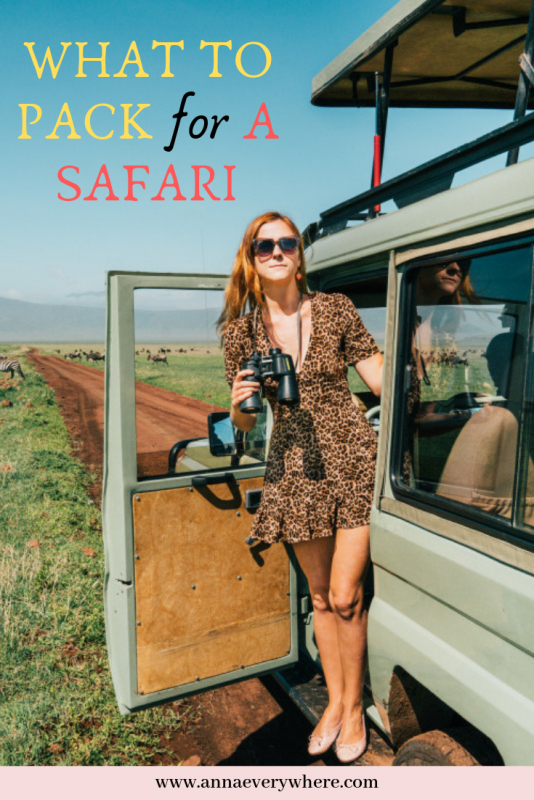
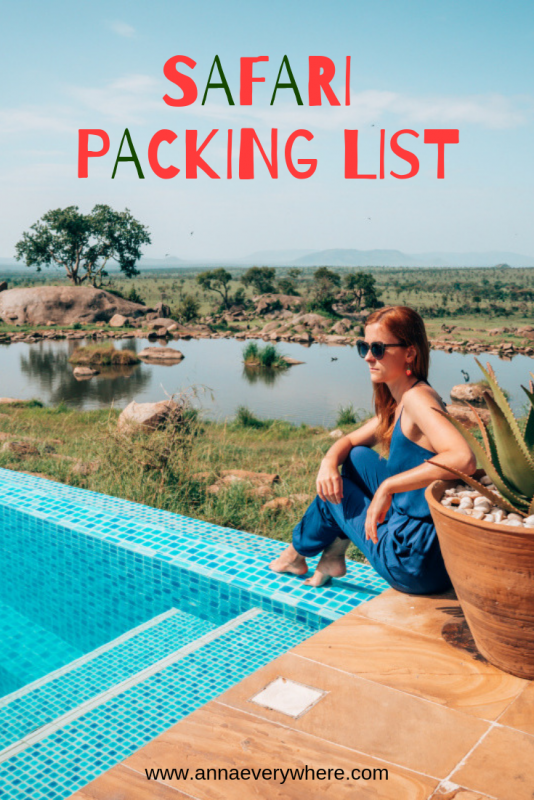

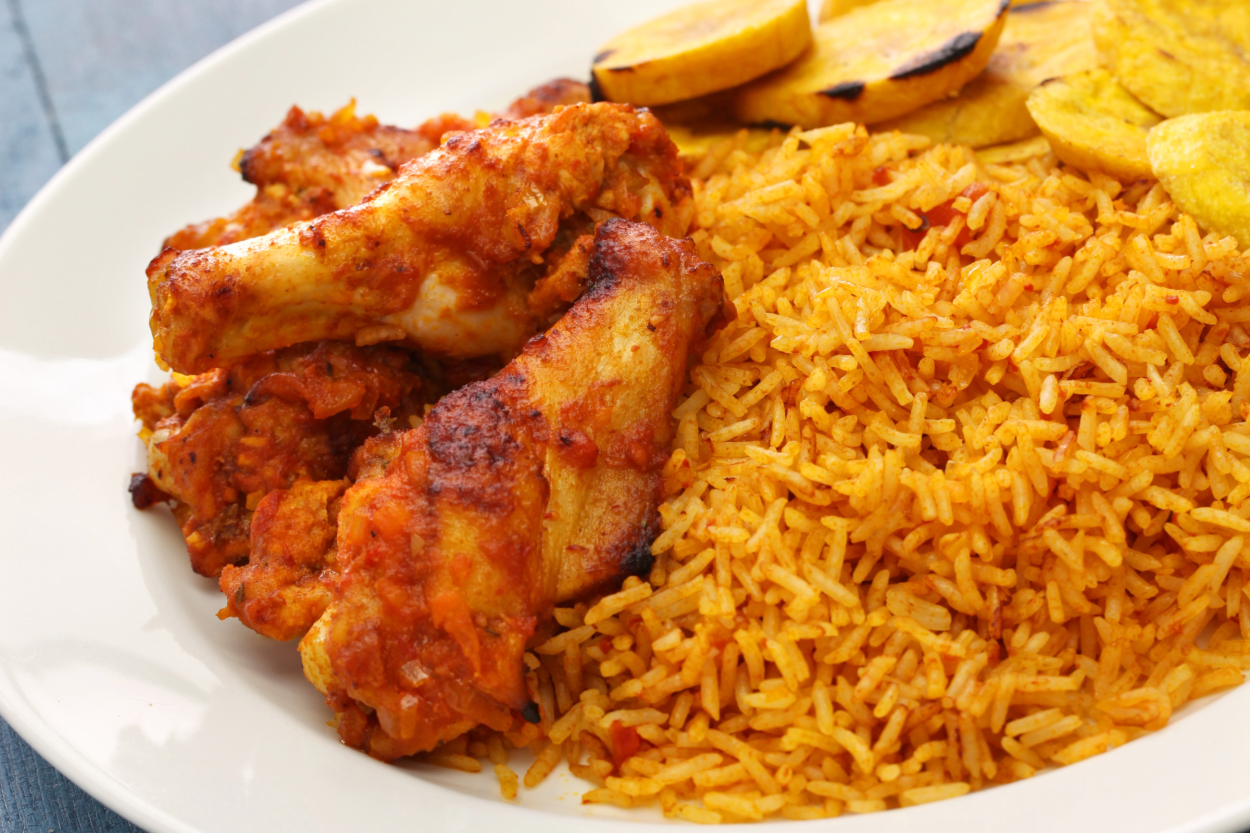
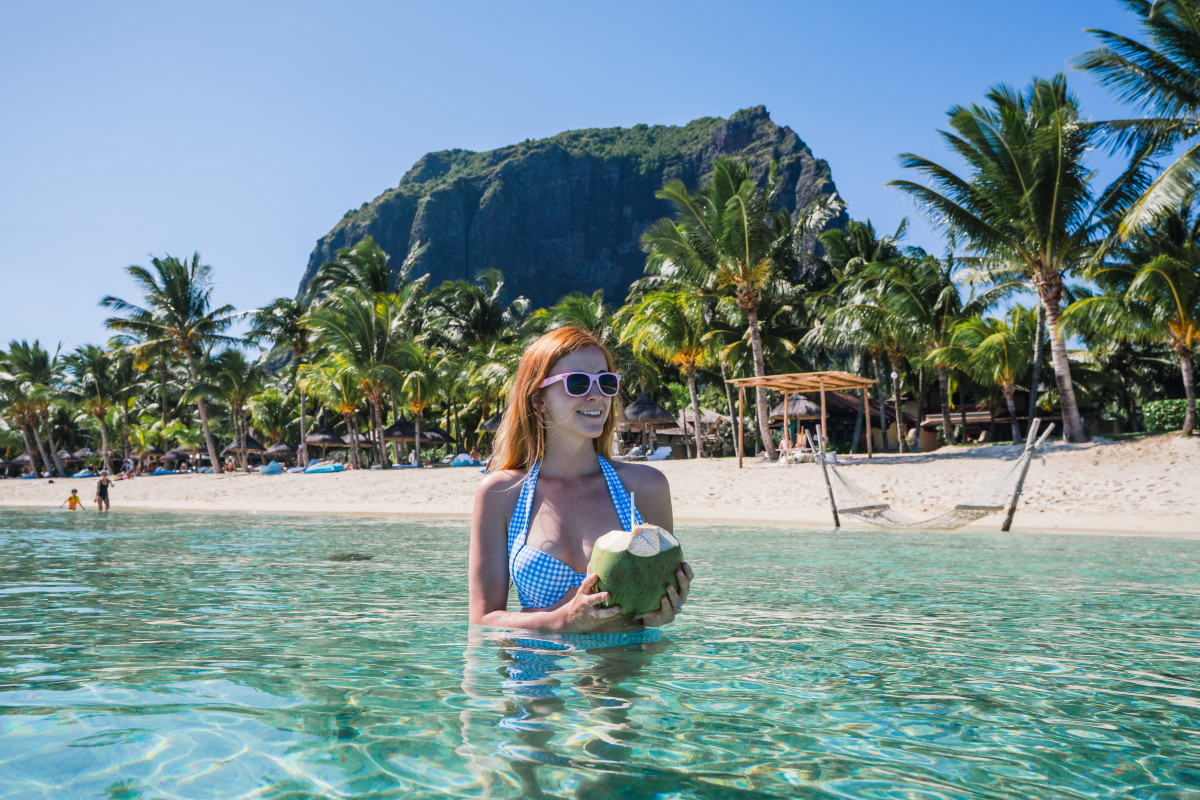

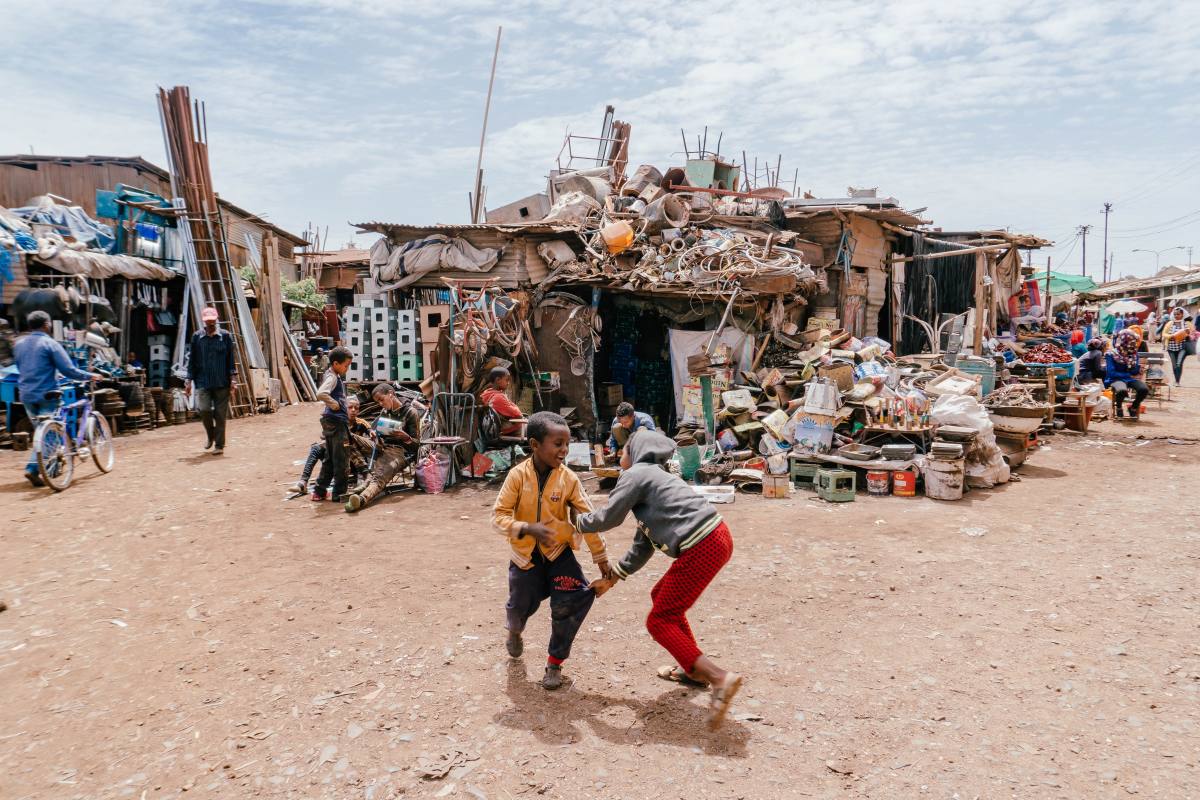
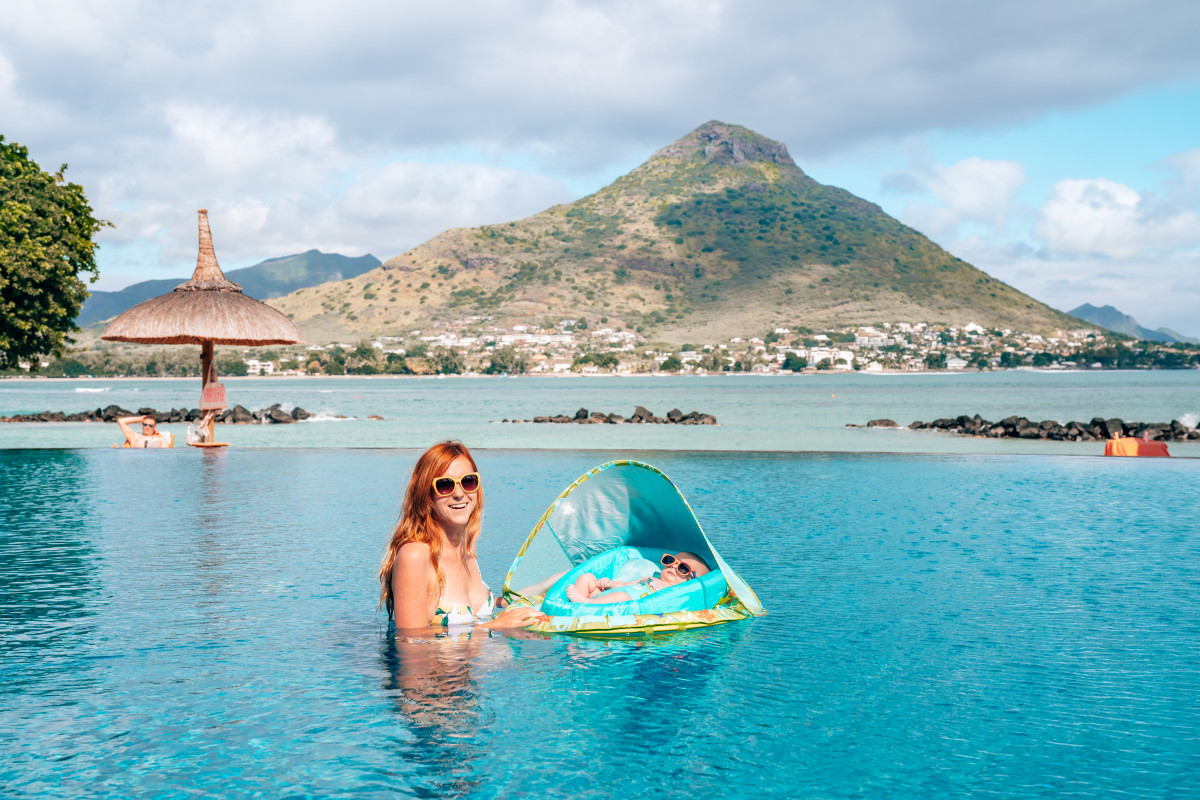
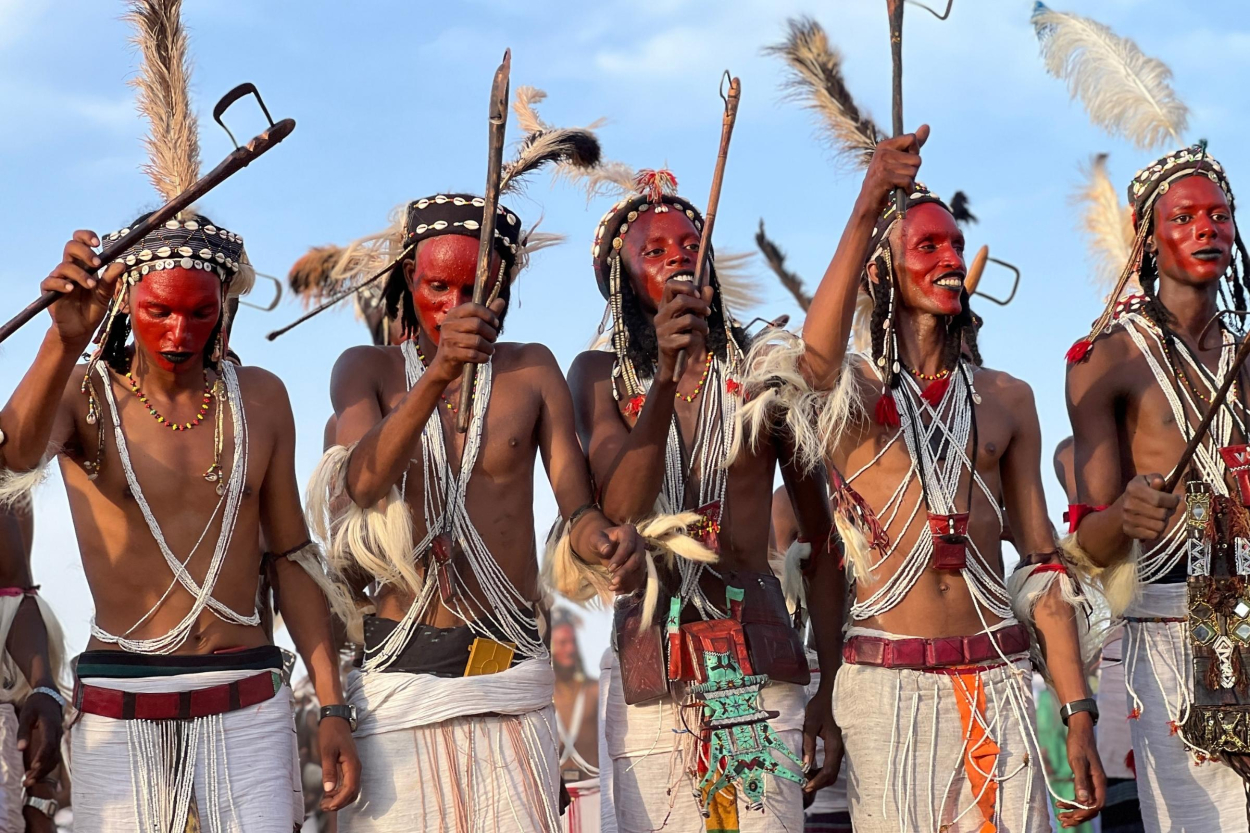
A tracksuit, a pair of Crocs and a cap is what I wish I had taken with me 😛 Way too many hours on that truck… It was an overland safari and we were camping for the night but during the day we were on the track maybe 10-12 hours per day, it was exhausting. Wet wipes and tampons are indeed essential.
While travelling to the African Safari, make sure that you get up early and reach the place. The animals are out in the morning and evening. Afternoons are simply hot for them. That is why the safari drive are splits up into two slots the morning and evening slots. Make sure to apply sunscreen and drink lot of water to avoid dehydration.